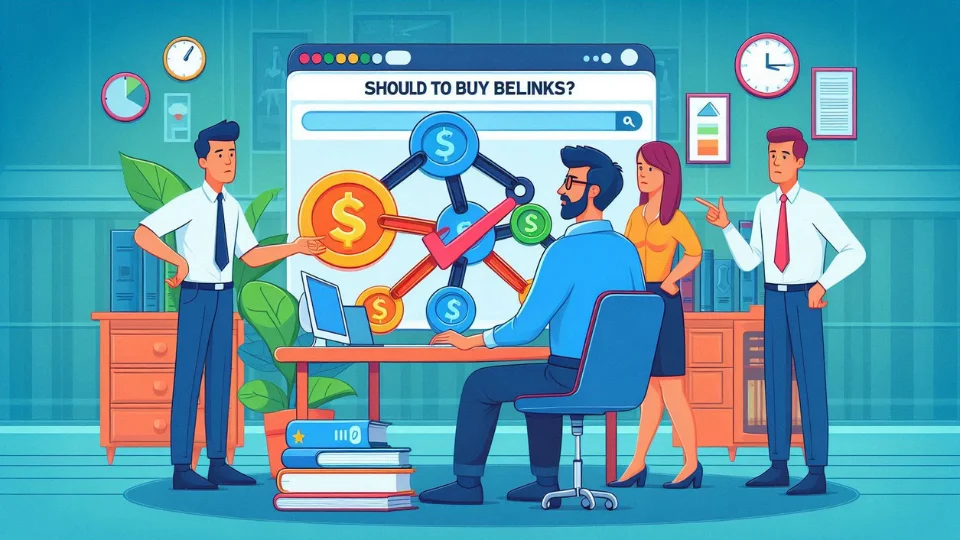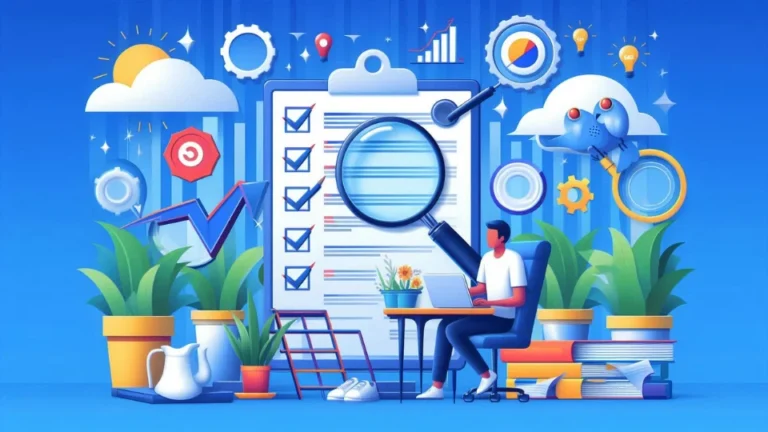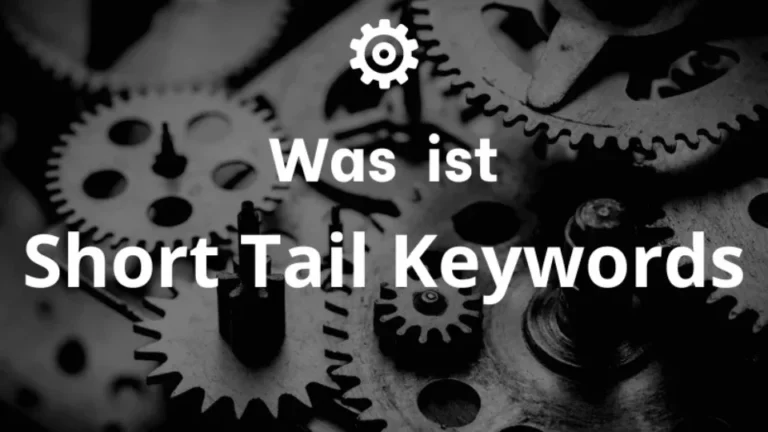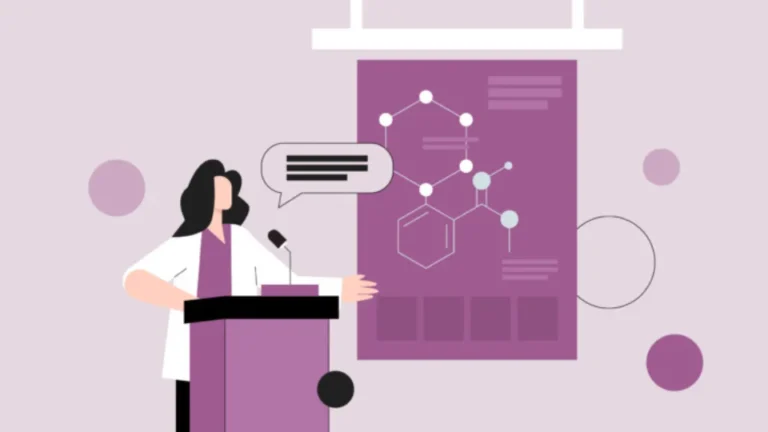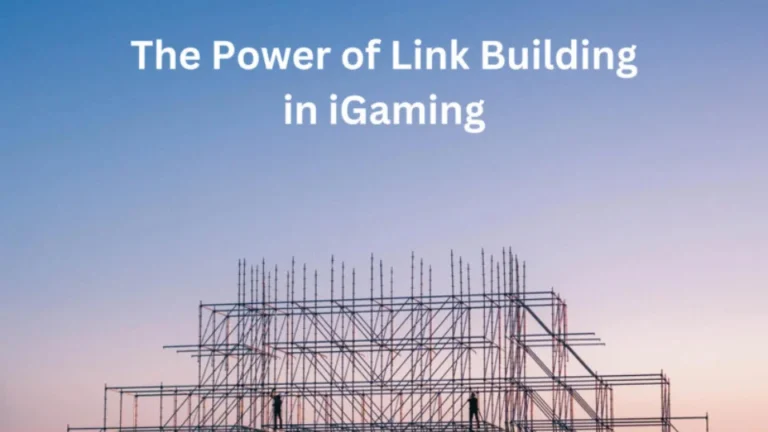Should You Buy Backlinks? A 2025 Guide for Smart SEO
Introduction
Backlinks are still one of Google’s strongest ranking signals. That fact tempts many site owners to skip the slow relationship‑building route and buy backlinks instead. But is spending money on links a smart traffic shortcut—or a penalty waiting to happen? This in‑depth guide breaks down how paid links work in 2025, compares them with safer link‑building tactics, and helps you decide whether buying backlinks fits your SEO strategy.
What Does “Buying Backlinks” Mean?
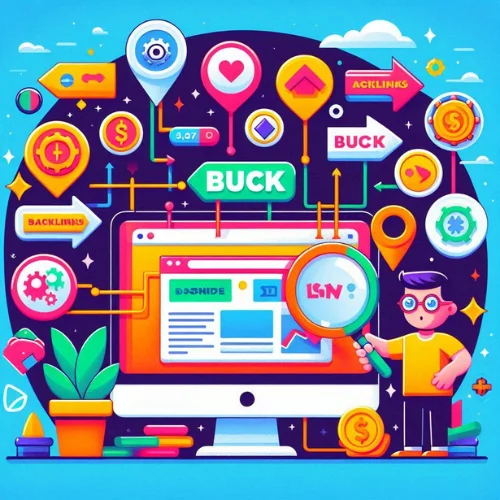
Buying backlinks is the practice of paying a third party—an agency, broker, or individual webmaster—to place a hyperlink on another site that points to yours. The payment can be:
- Direct cash (most common)
- Product samples or free services
- Guest‑post “editorial fees”
- Private Blog Network (PBN) subscription fees
Google’s guidelines call any exchange of money or goods for links a link scheme and explicitly discourage it. That tension between quick gains and policy risk sits at the heart of the debate.
Why People Consider Buying Backlinks

Speed and scale are the two main attractions:
- Immediate authority signals: A single high‑authority backlink can move a page several positions overnight.
- Predictable output: Agencies sell packages such as “10 DR 70+ links in 30 days,” which feels more controllable than organic outreach.
- Competitive pressure: If rivals are ranking because they bought links, refusing to join can feel like bringing a knife to a gunfight.
Yet each advantage hides a potential downside, which we will explore next.
How Google Detects Paid Links in 2025

Google’s spam‑detection systems have grown more sophisticated over the past decade. Current methods include:
| Detection Method | What Google Looks For | Typical Result |
|---|---|---|
| Pattern analysis | Sudden spikes in referring domains, identical anchor text, or links clustered on low‑traffic sites | Algorithmic devaluation |
| Manual reviews | Flagged by SpamBrain or user reports | Manual penalty and ranking drop |
| Link spam updates | Core updates (most recently March 2025) specifically targeting unnatural outbound link footprints | Site‑wide dampening |
Because Link Spam Update 2025 applied an AI‑based “site reputation abuse” classifier, many networks that once flew under the radar are now openly toxic.
Pros and Cons of Buying Backlinks
Pros
- Fast ranking boost (sometimes)
- Little time investment; agencies do the work
- Can diversify anchor text if done carefully
- May help new sites pass the “sandbox” phase
Cons
- Violation of Google Search Essentials—risk of penalties
- Low‑quality link sellers abound, leading to wasted budget
- ROI uncertainty; paid links can vanish if the seller’s domain expires
- Opportunity cost: money spent on links could improve content, UX, or genuine outreach
- Reputational damage if exposed in a niche community
Buying Backlinks vs. Earning Backlinks: A Side‑by‑Side Comparison
| Factor | Buying Backlinks | Earning Backlinks (Digital PR, Content Marketing) |
|---|---|---|
| Cost structure | Up‑front payment per link | Higher content production cost but no direct link fee |
| Time to impact | Days to weeks | Weeks to months |
| Sustainability | Fragile; links can be removed | Durable; links stay because they add value |
| Penalty risk | High | Low |
| Brand equity | Neutral or negative | Positive; earns trust |
| Scalability | Easy to scale quickly but plateaus | Scales with content quality and audience |
When Buying Backlinks Might Make Sense
Buying backlinks is generally discouraged, yet certain scenarios lessen the risk:
- Paid editorial inserts on authoritative, relevant sites that label links as “Sponsored”—compliant if rel=”sponsored” is used.
- Affiliate partnership links—allowed when properly disclosed and no‑followed.
- Short‑term campaigns where ranking quickly outweighs long‑term domain health, such as seasonal microsites due to expire.
Even in these cases, transparency tags (“sponsored” or “nofollow”) are essential to stay within policy.
Safer Alternatives to Purchasing Links
1. Digital PR Campaigns
Data‑driven studies, original surveys, or interactive tools often attract organic press coverage and high‑authority links.
2. Guest Contributions With No Fee
Pitch value‑adding articles to reputable industry blogs, ensuring the site sets your link as nofollow or rel=”ugc” if needed.
3. Broken‑Link Outreach
Find 404 links on relevant pages, recreate or offer a replacement resource, and request the fix—still effective and penalty‑free.
4. HARO & Journalist Requests
Respond to Help A Reporter Out or Qwoted queries; journalists happily credit expert quotes.
5. Build Linkable Assets
Ultimate guides, calculators, or open datasets naturally accumulate backlinks over time.
Best Practices if You Still Decide to Buy Backlinks
If you accept the risk and proceed, follow these guardrails:
- Vet the seller’s domains: Check traffic patterns, index status, and outbound‑link ratios.
- Prioritize relevancy over metrics: A DR 40 niche blog in your industry beats a DR 80 unrelated directory.
- Demand link attributes: Use rel=”sponsored” or rel=”nofollow” to reduce spam signals.
- Diversify anchors: Stick to branded or generic phrases; avoid exact‑match keywords.
- Limit velocity: Gradual acquisition (e.g., 5–10 links/month) looks more natural than 100 overnight.
- Monitor links quarterly: Remove toxic placements and request disavows if patterns emerge.
Implementing those steps does not eliminate risk, but it does minimize red flags.
Frequently Asked Questions (FAQ)
Q1. Are all paid links bad for SEO?
No. Google allows paid links marked with rel=”sponsored” or rel=”nofollow”. The danger lies in do‑follow paid links intended to manipulate PageRank.
Q2. How much do backlinks cost in 2025?
Prices vary from $50 on low‑tier blogs to $1,500+ for DR 80 news sites. However, higher cost does not always equal safety.
Q3. Can I use a disavow file if I get penalized?
Yes, but disavow is a last resort. Removing the links manually and submitting a reconsideration request is more effective.
Q4. Do backlinks still matter with AI‑driven search?
Yes. Even with AI overviews, Google continues to use link signals to assess authority and trust.
Q5. What is the safest link‑building tactic?
Creating genuinely helpful content that attracts citations organically remains the safest and most future‑proof strategy.
Conclusion: Should You Buy Backlinks?
Buying backlinks can deliver quick ranking wins, but in 2025 the margin for error is razor‑thin. Google’s machine‑learning spam filters detect unnatural patterns faster than ever, turning yesterday’s “secret weapon” into tomorrow’s penalty.
Verdict: For brands aiming at long‑term growth, investing in earned backlinks—through standout content, digital PR, and authentic relationships—beats paying for risky shortcuts. If you must purchase links, treat them as ads, not ranking hacks, and label them accordingly.

